Solutions
Horse Construction offers full range of structural strengthening materials with technical supports, documentation supports, products supports, project supports.
Advanced Materials in Structural Reinforcement: Carbon Fiber
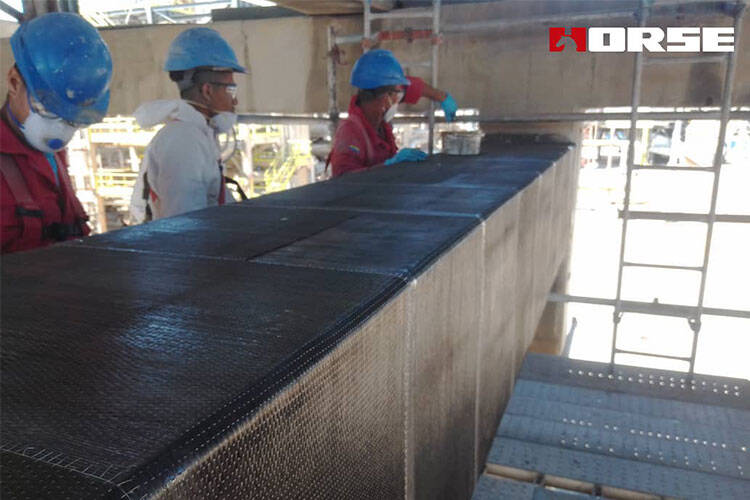
With ageing infrastructure and increasing demands on buildings, bridges, and industrial structures, traditional reinforcement methods often fall short. Advanced materials like carbon fiber-reinforced polymers (CFRP) and fiber-reinforced polymers (FRP) have emerged as superior solutions, offering higher strength, corrosion resistance, and faster installation compared to conventional steel reinforcement.
Why Traditional Methods Are No Longer Enough?
Steel reinforcement is prone to corrosion, especially in coastal or high-humidity environments.
Concrete jacketing adds significant dead load, requiring foundation modifications.
Disruptive installation—traditional methods often involve demolition, extended downtime, and high labor costs.
How Advanced Materials Solve These Challenges?
Lightweight yet ultra-strong – CFRP and FRP provide higher tensile strength than steel at a fraction of the weight.
Corrosion-resistant – Unlike steel, they do not rust, making them ideal for harsh environments.
Minimally invasive installation – Applied as externally bonded sheets or strips, reducing structural downtime.
Carbon Fiber Reinforced Polymer (CFRP) Strengthening
What Makes CFRP Superior?
Strength-to-weight ratio: Carbon fiber is 5x stronger than steel at just 20% of the weight.
Flexibility in application: Can be used on beams, columns, slabs, and even masonry structures.
Durability: Resistant to chemicals, moisture, and fatigue, ensuring long-term performance.
Common CFRP Reinforcement Techniques
Externally Bonded CFRP Sheets
Used for flexural and shear strengthening of concrete beams.
Applied with epoxy resin for a high-strength composite bond.
CFRP Laminates (Strips)
Pre-cured strips for precise load distribution, ideal for bridge girders and seismic retrofits.
Near-Surface Mounted (NSM) CFRP
CFRP rods or strips embedded into concrete grooves for hidden reinforcement.

Fiber-Reinforced Polymers (FRP) – Beyond Carbon Fiber
Types of FRP Systems

Why FRP is Gaining Popularity
✔ No corrosion – Unlike steel, FRP does not require protective coatings.
✔ Easy installation – Can be applied without heavy machinery, reducing labor costs.
✔ Design flexibility – Customizable for complex geometries (e.g., curved beams, circular columns).
Comparing CFRP vs. Traditional Reinforcement
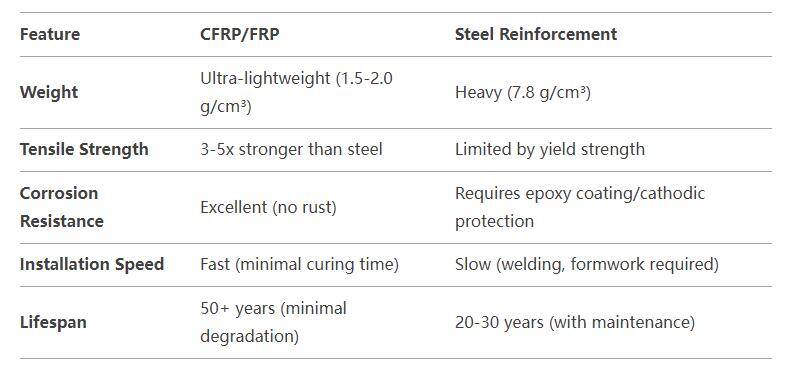
Future Trends in Structural Reinforcement
Smart FRP systems – Embedded sensors for real-time structural health monitoring.
Hybrid composites – Combining CFRP + GFRP for optimized cost-performance balance.
3D-printed FRP components – Custom reinforcement for complex architectural designs.
You can find anything here you are in need of, have a trust trying on these products, you will find the big difference after that.
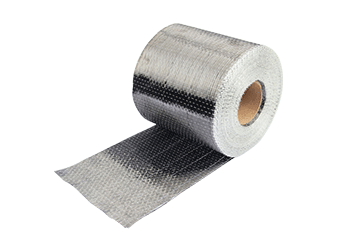
High strength, unidirectional carbon fiber wrap pre-saturated to form a carbon fiber reinforced polymer (CFRP) wrap used to strengthen structural concrete elements.
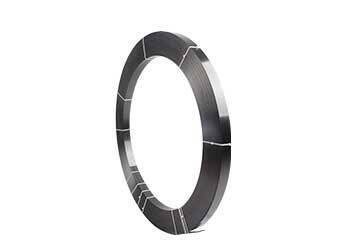
HM-1.4TT is a high strength, high modulus unidirectional carbon fiber reinforce polymer(CFRP) laminate for structural strengthening
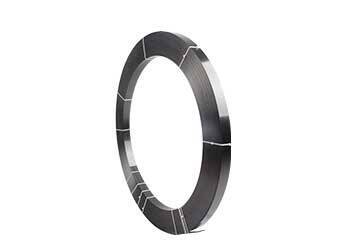
HM-1.4TM is a high modulus unidirectional carbon fiber reinforce polymer(CFRP) laminate for structural strengthening